2025 Waterproofing Training
In-person training for Henry pre-applied and advanced waterproofing systems. Spots are limited! Review available sessions and request training today!

In-person training for Henry pre-applied and advanced waterproofing systems. Spots are limited! Review available sessions and request training today!
As a parking garage owner or manager in New York City, you're likely aware of the recent changes in structural safety regulations. In April 2023, a parking garage collapse in Lower Manhattan brought renewed attention to the importance of regular inspections and maintenance. In response to this and other incidents, the city has implemented new measures to ensure the safety and integrity of parking structures...
The U.S. Department of Housing and Urban Development (HUD) and USDA are setting new energy efficiency standards for homes financed through FHA loans, taking effect in November 2025. Builders now face higher requirements, aligning with the 2021 IECC and ASHRAE 90.1-2019 standards, representing a 34% efficiency increase. This change offers builders both challenges and opportunities—while costs may rise, incentives like tax credits and the chance to differentiate through sustainable building practices add potential benefits. Discover how builders can adapt, partner with energy modelers, and leverage Henry's expertise to meet compliance efficiently.

In-person training for Henry pre-applied and advanced waterproofing systems. Spots are limited! Review available sessions and request training today!
FEATURED CEU
A whopping 90% of construction litigation is driven by moisture intrusion. That intrusion occurs within just 5% of the total surface area of the envelope. The culprit is always the same: transitions and penetrations. The roof must transition to the wall, the wall must transition to the foundation, the punched openings must be tied into the air barrier, the insulation must be installed over the air barrier, and the cladding goes overtop that... and on and on. What’s the challenge? We need the envelope to perform as a unified whole, but we specify, design, bid, VE, install, and inspect it in phases, which always involves multiple manufacturers and multiple trades. The industry is clearly consolidating around “total envelope solutions” provided by three to five horizontally integrated conglomerates, but we have not yet reached the inflection point: integrated envelope specifications/warranties. What’s it going to take to do things better?
#1400 AquaSeal Emulsion Safety Data Sheet
Download

#1900 and #3140 AquaCoat Premium Safety Data Sheet
Download

#1900 and #3140 AquaCoat Premium Tech Data Sheet HE1900
Download

#400 Gel Seal Airless Undercoating Safety Data Sheet
Download

107 Asphalt Emulsion Sealer and Damp proofer Safety Data Sheet
Download

110-14 Vapour Barrier Coating Tech Data Sheet
Download

110-14 Vapour Barrier Coating Tech Data Sheet
Download

120-09 Fire Resistive Lagging Coating Heavy Duty Tech Data Sheet
Download

120-18 Fire Resistive Lagging Coating Tech Data Sheet
Download

122.3US.E685-Stein-Seal-Warehouse-Project Profile-USEN-HR
Download

130 Driveway Asphalt Coating Safety Data Sheet
Download

16x8' Polyiso Insulation with Brick Ties
Download

175 Driveway Asphalt Filler & Sealer Safety Data Sheet
Download

195 Henry Polyester Fabric Tech Data Sheet
Download

200 Driveway E-Z Stir Asphalt Filler & Sealer Safety Data Sheet
Download
